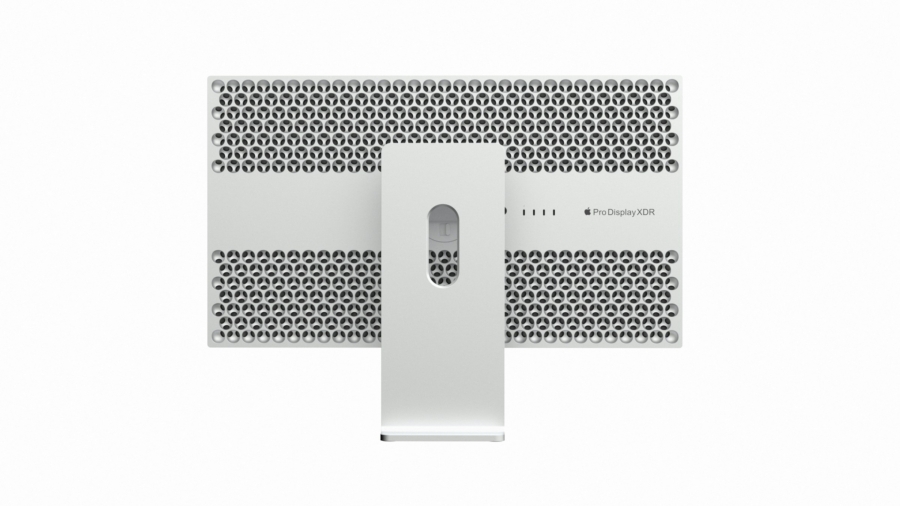Monitors, OLED, and Future of LCD
I’ve seen threads spiraling into “in my field” anecdotal debate, where one would argue in favor of OLED despite the fact that the workplace is burning them through like disposables, whereas on the other, LCD still rules prime, because it is still, nonetheless, de facto industry standard. I can’t weigh in on these arguments; my budget is definitely not that of someone who can spend $13k on a display every year for the whole team. And that is the elephant in the room with the OLED technology — however you slice it, OLED display has a measurable lifespan.
Let us assume you are buying an OLED display today for $1000. The warranties from most manufacturers cover up to three years, and while the policies may vary, this often includes burn-in and other degradations of the panels. After three years, some manufacturers would still offer paid replacements, but without manufacturers’ partial coverage, the amount in question could easily exceed buying another display. If we were to assume the worst case scenario, that’s $1000 for new monitor every three years.
Of course, display manufacturers are aware of the fact that OLED isn’t the only answer yet: short lifespan, low brightness, and still too pricey. While I was doing my research for future monitors, I was able to find some mini-LED displays and IPS Black displays, and there are more IPS Black monitors available than mini-LEDs as of now. The impression I got from these lines of displays were that they are work of compromises. But for the price tag that is roughly four-fifth of OLEDs, it doesn’t seem to have its own strong suit yet.
I have briefly touched on the similar subject about possible future MacBook models with OLED displays, and I believe the same use-case scenario still stands. The lifespan of OLED display is roughly equivalent to the lifespan of the it is embedded in, and if not, one-time panel replacement is likely all it takes. It solves the problem that is having multiple parts requiring different maintenance and replacement schedules often seen on desktop setup. Same can be said whilst comparing monitors — are we, as average consumers, willing to accept monitors will also fail or become obsolete?
A side note for other Mac users. Apple has a technology called EDR, where both the HDR contents and SDR contents can be displayed at the same time. As far as I know, it is in use only with Apple’s own displays: internal displays of various devices and two external display models. No doubt some macOS users have stumbled onto the problems themselves; SDR contents on external displays look all washed out when HDR is enabled. For better or worse, I doubt any other manufacturers are interested in incorporating EDR — especially when a user can simply toggle HDR on/off when needed. If you are interested in investing on Apple branded displays, seamless integration could be one of the reasons.
